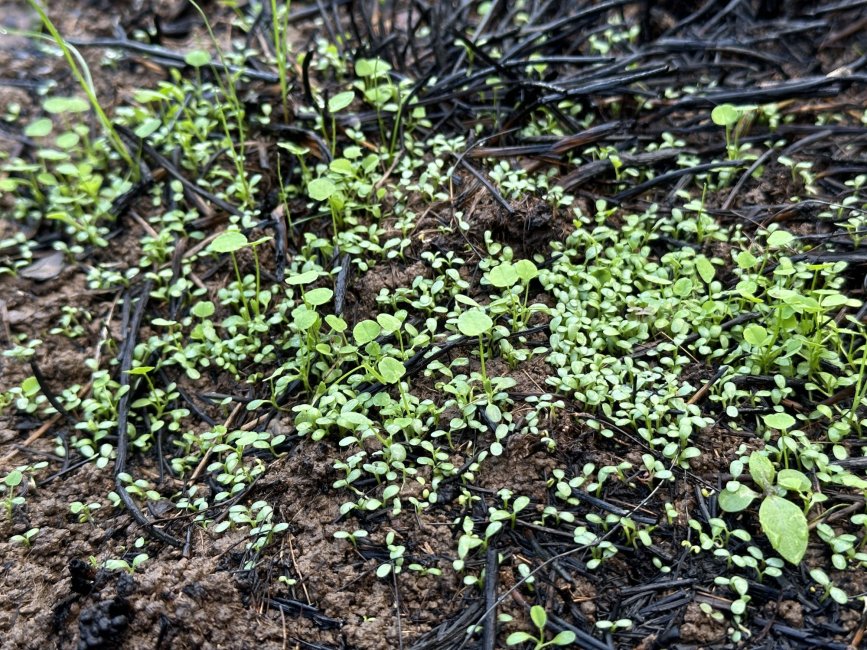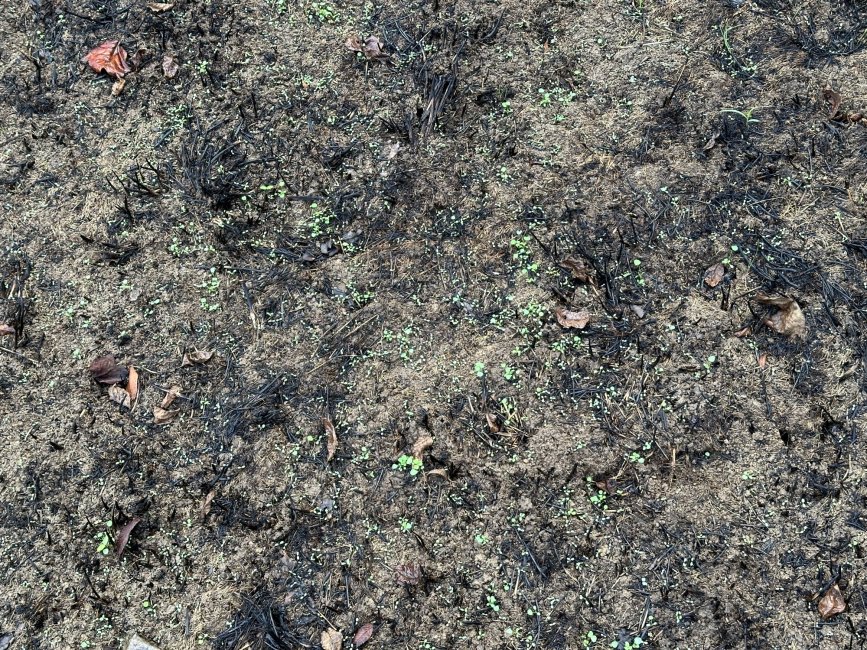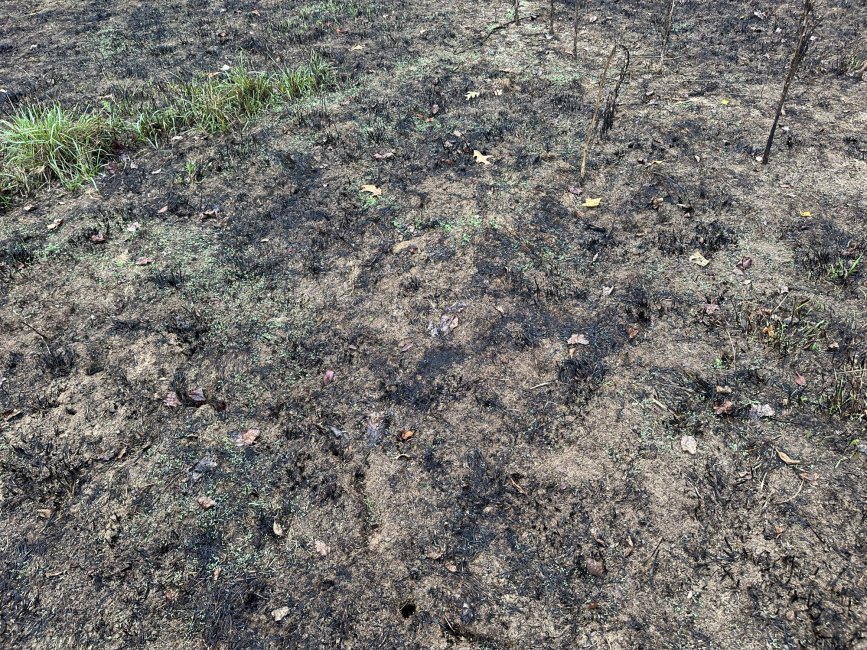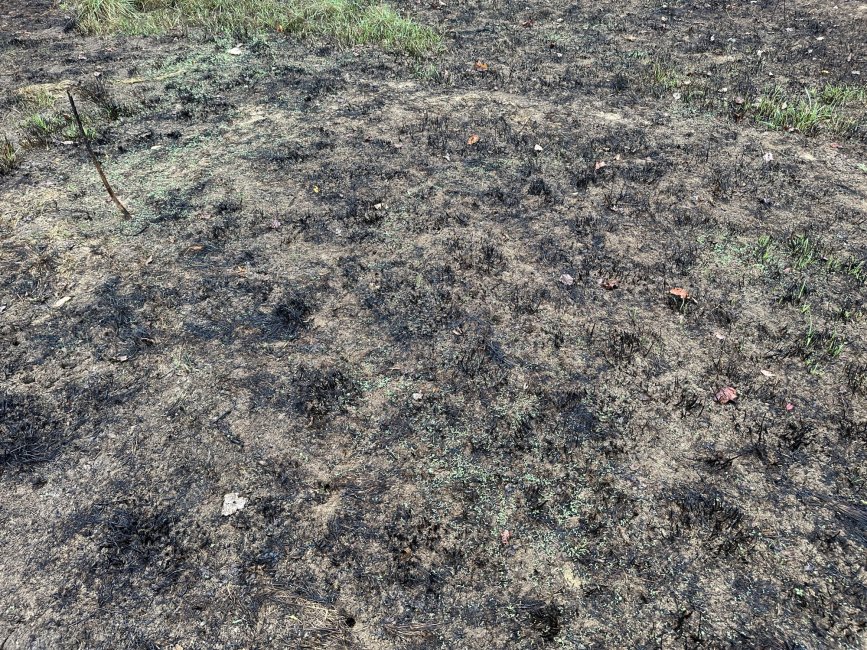-
Be sure to read this post! Beware of scammers. https://www.indianagunowners.com/threads/classifieds-new-online-payment-guidelines-rules-paypal-venmo-zelle-etc.511734/
You are using an out of date browser. It may not display this or other websites correctly.
You should upgrade or use an alternative browser.
You should upgrade or use an alternative browser.
2024 Deer Season
- Thread starter spencer rifle
- Start date
The #1 community for Gun Owners in Indiana
Member Benefits:
Fewer Ads! Discuss all aspects of firearm ownership Discuss anti-gun legislation Buy, sell, and trade in the classified section Chat with Local gun shops, ranges, trainers & other businesses Discover free outdoor shooting areas View up to date on firearm-related events Share photos & video with other members ...and so much more!
Member Benefits:
Both my kids will be sporting .350 legends hoping for good results 1 at type with 150g pills one bolt with 180g just because that’s what I had lol preferably I get them both on the same next year but my at was keyholing the 180g for some reason so that’s why I bought the 150g
Twist issue with the heavys?Both my kids will be sporting .350 legends hoping for good results 1 at type with 150g pills one bolt with 180g just because that’s what I had lol preferably I get them both on the same next year but my at was keyholing the 180g for some reason so that’s why I bought the 150g
I am assuming I never was much for science lolTwist issue with the heavys?
Wow. Those little clover seeds survived two weeks of all-day sun & drought on bare soil. I’m definitely buying from Eretz seed company again - all Willamette Valley seeds are something else 

Attachments
My daughter and son in law shoot hogs in Michigan at Ted Nugent's farm. My granddaughter was their youngest successful hunter to date. Think she was a first grader on her ram.Do you use an outfitter? My kids really want to go on a hog hunt
What’s a hunt like that cost?My daughter and son in law shoot hogs in Michigan at Ted Nugent's farm. My granddaughter was their youngest successful hunter to date. Think she was a first grader on her ram.
Email from Joe Caudell - Indiana Deer Biologist....
Hey everyone,
Below is a press release for EHD. Be sure to check out additional details at on.in.gov/EHD.
We were able to get Porter and Allen counties lowered along with Wabash. Once we had run one county through the system to lower the quotas, they were ok with adding the other two. That is very good news for the future. There are several additional counties in northern Indiana that have started to increase recently. Those occurred after we had completed the process, so we will have to address next year.
Please let me know if you have any questions.
joe
Joe N. Caudell, Ph.D.
State Deer Project Leader
Indiana Department of Natural Resources
402 W. Washington St.
Indianapolis, IN 46204
For immediate release: September 24, 2024
Bonus antlerless deer quotas lowered in three counties
The Indiana Department of Natural Resources (DNR) is reducing the County Bonus Antlerless Quotas (CBAQ) in Wabash, Porter, and Allen counties from two bonus antlerless deer to one bonus antlerless deer for the coming deer hunting season. This change is a result of the impact of epizootic hemorrhagic disease (EHD) on the deer herd in northern Indiana this year.
Changes to the CBAQ will not affect the Deer Reduction Zones.
Humans are not at risk for contracting EHD.
EHD is a viral disease that commonly affects white-tailed deer and is transmitted by biting midges, also known as sand gnats or “no-see-ums.” Cases typically occur during late summer and early fall, and there is evidence that outbreaks can be more severe in years in which there is a wet spring followed by a hot, dry fall. EHD is often fatal to deer, but some can recover and develop immunity.
Deer infected with EHD may display unusual behaviors such as lethargy, excessive salivation, or disorientation. EHD also causes fever in deer, which can cause them to seek water. As a result, many deer that die from EHD are found in or near open water sources like ponds and rivers.
Anyone who finds a deer that is showing signs of EHD or dead in water is asked to report it at on.IN.gov/sickwildlife.
DNR monitors for EHD annually; however, severe outbreaks don’t occur every year. The severity of EHD in a single year depends on a variety of factors including climate, immunity, and other ecological factors.
The effects of the deer harvest and EHD will be evaluated after the deer hunting season, and additional changes will be made for the 2025 hunting season, if necessary. EHD detections can be continually monitored at on.IN.gov/EHD.
Not every deer in an affected area will contract EHD. One sign a deer has recovered from EHD is sloughing or breaking on their hooves. DNR asks that successful hunters use the Deer After Hunt Survey to report the condition of their deer’s hooves, including both normal hooves and hooves that show evidence of sloughing or damage.
To view all DNR news releases, please see dnr.IN.gov.
Hey everyone,
Below is a press release for EHD. Be sure to check out additional details at on.in.gov/EHD.
We were able to get Porter and Allen counties lowered along with Wabash. Once we had run one county through the system to lower the quotas, they were ok with adding the other two. That is very good news for the future. There are several additional counties in northern Indiana that have started to increase recently. Those occurred after we had completed the process, so we will have to address next year.
Please let me know if you have any questions.
joe
Joe N. Caudell, Ph.D.
State Deer Project Leader
Indiana Department of Natural Resources
402 W. Washington St.
Indianapolis, IN 46204
For immediate release: September 24, 2024
Bonus antlerless deer quotas lowered in three counties
The Indiana Department of Natural Resources (DNR) is reducing the County Bonus Antlerless Quotas (CBAQ) in Wabash, Porter, and Allen counties from two bonus antlerless deer to one bonus antlerless deer for the coming deer hunting season. This change is a result of the impact of epizootic hemorrhagic disease (EHD) on the deer herd in northern Indiana this year.
Changes to the CBAQ will not affect the Deer Reduction Zones.
Humans are not at risk for contracting EHD.
EHD is a viral disease that commonly affects white-tailed deer and is transmitted by biting midges, also known as sand gnats or “no-see-ums.” Cases typically occur during late summer and early fall, and there is evidence that outbreaks can be more severe in years in which there is a wet spring followed by a hot, dry fall. EHD is often fatal to deer, but some can recover and develop immunity.
Deer infected with EHD may display unusual behaviors such as lethargy, excessive salivation, or disorientation. EHD also causes fever in deer, which can cause them to seek water. As a result, many deer that die from EHD are found in or near open water sources like ponds and rivers.
Anyone who finds a deer that is showing signs of EHD or dead in water is asked to report it at on.IN.gov/sickwildlife.
DNR monitors for EHD annually; however, severe outbreaks don’t occur every year. The severity of EHD in a single year depends on a variety of factors including climate, immunity, and other ecological factors.
The effects of the deer harvest and EHD will be evaluated after the deer hunting season, and additional changes will be made for the 2025 hunting season, if necessary. EHD detections can be continually monitored at on.IN.gov/EHD.
Not every deer in an affected area will contract EHD. One sign a deer has recovered from EHD is sloughing or breaking on their hooves. DNR asks that successful hunters use the Deer After Hunt Survey to report the condition of their deer’s hooves, including both normal hooves and hooves that show evidence of sloughing or damage.
To view all DNR news releases, please see dnr.IN.gov.
That I do not know. Have never asked them their costs. Hunting and fishing are their hobbies and they take it serious.What’s a hunt like that cost?
I sure feel bad for the hunters in the affected areas. Our county went through this recently and sure takes its toll. It's been some rough hunting!Email from Joe Caudell - Indiana Deer Biologist....
Hey everyone,
Below is a press release for EHD. Be sure to check out additional details at on.in.gov/EHD.
We were able to get Porter and Allen counties lowered along with Wabash. Once we had run one county through the system to lower the quotas, they were ok with adding the other two. That is very good news for the future. There are several additional counties in northern Indiana that have started to increase recently. Those occurred after we had completed the process, so we will have to address next year.
Please let me know if you have any questions.
joe
Joe N. Caudell, Ph.D.
State Deer Project Leader
Indiana Department of Natural Resources
402 W. Washington St.
Indianapolis, IN 46204
For immediate release: September 24, 2024
Bonus antlerless deer quotas lowered in three counties
The Indiana Department of Natural Resources (DNR) is reducing the County Bonus Antlerless Quotas (CBAQ) in Wabash, Porter, and Allen counties from two bonus antlerless deer to one bonus antlerless deer for the coming deer hunting season. This change is a result of the impact of epizootic hemorrhagic disease (EHD) on the deer herd in northern Indiana this year.
Changes to the CBAQ will not affect the Deer Reduction Zones.
Humans are not at risk for contracting EHD.
EHD is a viral disease that commonly affects white-tailed deer and is transmitted by biting midges, also known as sand gnats or “no-see-ums.” Cases typically occur during late summer and early fall, and there is evidence that outbreaks can be more severe in years in which there is a wet spring followed by a hot, dry fall. EHD is often fatal to deer, but some can recover and develop immunity.
Deer infected with EHD may display unusual behaviors such as lethargy, excessive salivation, or disorientation. EHD also causes fever in deer, which can cause them to seek water. As a result, many deer that die from EHD are found in or near open water sources like ponds and rivers.
Anyone who finds a deer that is showing signs of EHD or dead in water is asked to report it at on.IN.gov/sickwildlife.
DNR monitors for EHD annually; however, severe outbreaks don’t occur every year. The severity of EHD in a single year depends on a variety of factors including climate, immunity, and other ecological factors.
The effects of the deer harvest and EHD will be evaluated after the deer hunting season, and additional changes will be made for the 2025 hunting season, if necessary. EHD detections can be continually monitored at on.IN.gov/EHD.
Not every deer in an affected area will contract EHD. One sign a deer has recovered from EHD is sloughing or breaking on their hooves. DNR asks that successful hunters use the Deer After Hunt Survey to report the condition of their deer’s hooves, including both normal hooves and hooves that show evidence of sloughing or damage.
To view all DNR news releases, please see dnr.IN.gov.
Staff online
-
GodFearinGunTotinSuper Moderator
Members online
- Juday
- mfd111
- chuckp
- hunt4fun
- akethan
- rhamersley
- 12many
- jtsmith884
- DarkLight
- wildcatfan
- cedartop
- DoggyDaddy
- klausm
- printcraft
- 7920drew
- snorko
- Demoderb1989
- ZurokSlayer7X9
- jfed85
- peterock
- jreer25
- Dean C.
- ChrisK
- Malware
- stevezx2
- Simon6101
- nucular
- glank09
- 63PGP
- NyleRN
- adam
- GodFearinGunTotin
- NASDFNDR
- indyblue
- Haven
- model1994
- flightsimmer
- lafrad
- Brandon
- ECS686
- Timjoebillybob
- Miketodd
- Frank_N_Stein
- Leadeye
- CZ Top
- tmschuller
- Jlasiter
- chezuki
- Godbybe
- BeDome
Total: 8,813 (members: 231, guests: 8,582)









